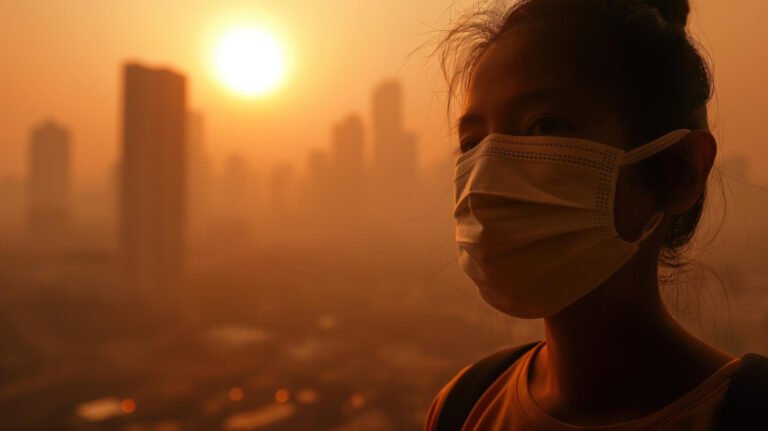Climate Change Linked To Emerging Epidemics and Pandemics
Research indicates that climate change exacerbates over half of known human pathogens, leading to more frequent and severe outbreaks. Rising temperatures, altered precipitation patterns, and increased frequency of extreme weather events create favorable conditions for disease vectors such as mosquitoes, ticks, and rodents, facilitating the spread of diseases like dengue, chikungunya, cholera, and malaria into new regions. Additionally, environmental disruptions and human displacement due to climate-induced events heighten the risk of pathogen spillover from animals to humans, potentially triggering new pandemics.
Important Points
- Vector Expansion: Climate-induced changes are expanding the habitats of disease vectors. For instance, the tiger mosquito (Aedes albopictus) is now found in southern Europe, leading to local transmission of dengue and chikungunya viruses.
Extreme Weather Events: Flooding and other climate disasters contaminate water sources, leading to outbreaks of waterborne diseases like cholera. The 2022 floods in Pakistan resulted in a severe cholera epidemic, with strains spreading to other countries, including Malawi.
Pathogen Spillover Risks: Deforestation and habitat destruction increase human-wildlife interactions, raising the likelihood of zoonotic diseases spilling over to humans. The Oropouche virus, traditionally confined to the Amazon, has recently spread to regions including the U.S. and Europe, partly due to environmental changes. - Permafrost Threats: Melting permafrost due to rising global temperatures may release ancient pathogens, for which modern humans have no immunity, posing potential new health threats.
- Global Mobility and Disease Spread: International travel and trade allow pathogens to spread rapidly, bypassing geographical barriers and increasing the likelihood of global outbreaks.






